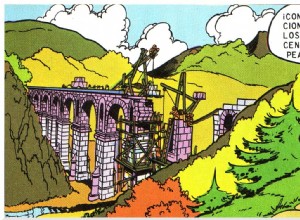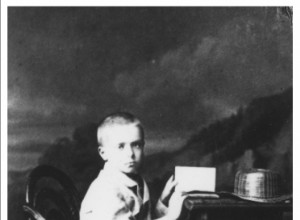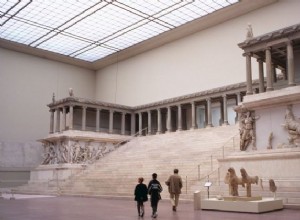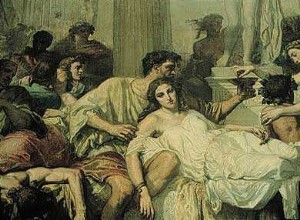For all the places in the world where the caligae have stepped (sandals of the Roman legionnaires) today you can find bridges, aqueducts, amphitheaters... and many other constructions that have stood for more than 2,000 years. Have you ever wondered what the secret of the solidity of these witnesses




